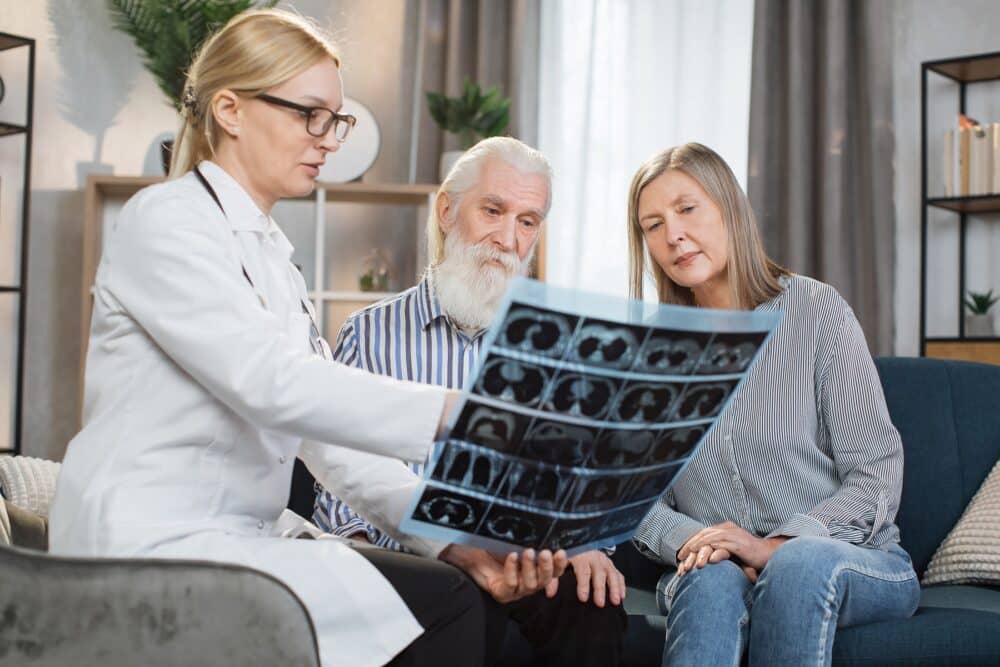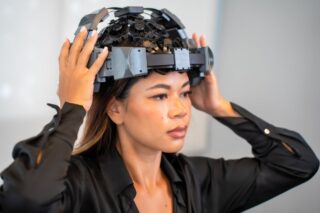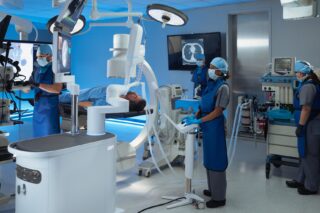Rapid and comprehensive CT imaging is essential for detecting hidden trauma and life-threatening complications in elderly patients after even minor falls, ensuring timely diagnosis and intervention.
Even a seemingly minor fall can result in life-threatening complications for elderly individuals, a population particularly vulnerable to hidden trauma. Falls are the leading cause of serious injury in adults over the age of 65, and the risks are even greater for those over 80. In many cases, a ground-level fall—one that might seem insignificant for a younger person—can lead to devastating outcomes in the elderly due to frailty, brittle bones, and comorbid conditions.
Low-level falls are the leading cause of trauma and severe injury in the elderly, reaching 75% of the cases, according to research done by Dr. Ana Blanco Barrio.
If the fall goes unwitnessed and the individual is left on the ground for an extended period, additional complications can occur. Some include dehydration, rhabdomyolysis, and kidney failure. This significantly worsens the patient’s prognosis. To properly assess the full extent of injuries, experts recommend rapid and comprehensive diagnostic imaging, especially CT scans, which can detect hidden fractures, internal bleeding, and other complications early, improving patient outcomes.
Low-level falls are the leading cause of trauma and severe injury in the elderly, reaching 75% of the cases
The Hidden Dangers of Minor Falls
For elderly patients, even low-energy falls—such as from ground level—can cause severe injuries that may not be immediately visible. Dr. Ana Blanco Barrio, who presented her research at the European Congress of Radiology (ECR), highlighted the severity of these injuries and the vital role imaging plays in diagnosis.
“Don’t assume that a ground-level fall is a low-energy trauma and it’s going to cause a minor injury because a serious injury is more likely,” she warned.
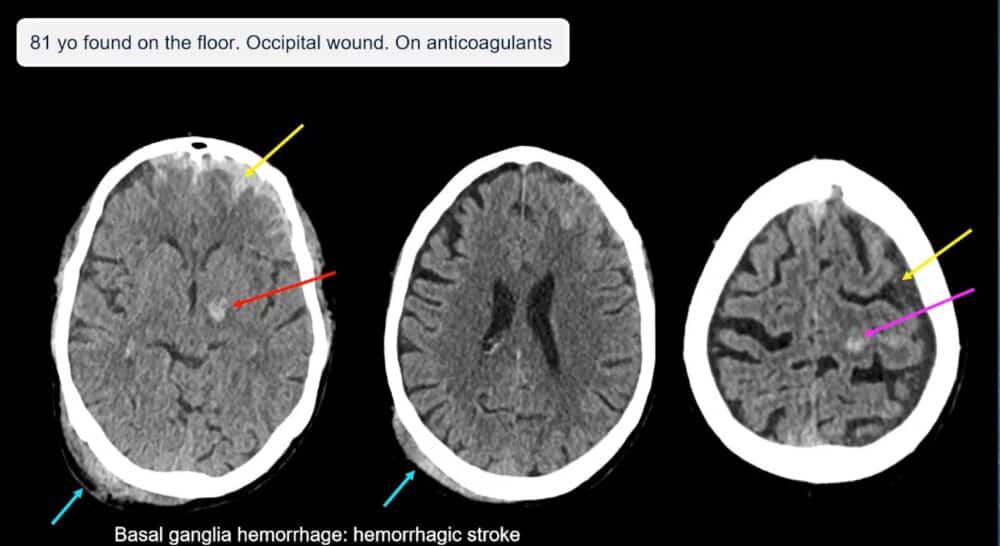

The elderly are particularly vulnerable due to several factors, including their reduced physiological reserves, comorbid conditions, and frailty. In individuals over 80, these risks are magnified.
“Falls can be life-threatening because of the poor physiological reserve of the old people, and frailty and comorbid illnesses increase even more the risk for a major injury,” Dr. Blanco Barrio explained.
As a result, seemingly minor falls are often more dangerous than they appear, especially in elderly individuals who may not be able to articulate their symptoms due to cognitive impairments or dementia.
Compounding this issue is the risk posed by prolonged lying, a situation where an elderly person is left on the ground for an extended period without being able to get up. This often happens in unwitnessed falls, where the individual may lie on the floor for hours or even longer. The complications from prolonged lying are severe and include dehydration, rhabdomyolysis (a breakdown of muscle tissue that can lead to kidney failure), pressure ulcers, and hypothermia.
“They can develop an injury whilst lying on the floor for a long time,” Dr. Blanco Barrio noted, adding that this can lead to catastrophic consequences, including death, if not detected early.


CT Scans: The Gold Standard for Imaging
Given these significant risks, rapid diagnostic imaging is critical to assess the full extent of injuries after a fall in elderly patients. Dr. Blanco Barrio strongly recommended CT (computed tomography) as the primary imaging modality for older adults who experience a fall, regardless of how minor it may seem.
“CT is going to be our gold standard,” she emphasized, citing its ability to reveal hidden injuries such as internal bleeding, fractures, and organ damage that may not be apparent in a physical examination or basic X-rays.
X-rays—though commonly used—are insufficient for thoroughly evaluating elderly trauma patients. While they can be useful for examining extremities or conducting an initial chest or pelvic assessment, they often miss more serious injuries, especially in the spine.
“Don’t do X-rays. Do CT,” Dr. Blanco Barrio urged, especially in cases where the clinical suspicion of injury is high but no obvious signs are present.
She highlighted that C2 injuries in the spine are frequently missed on X-rays, and elderly patients tend to suffer multiple fractures, making comprehensive imaging essential.
“If you find one [fracture], look for more,” she advised.
The benefits of using CT scans are not just limited to detecting fractures. In cases where internal bleeding is suspected, contrast-enhanced CT with multiphase imaging (arterial and venous phases) is crucial to fully assess the situation. Dr. Blanco Barrio addressed concerns about the use of contrast in elderly patients, particularly those with pre-existing renal conditions. While it’s true that the elderly are more likely to have chronic kidney disease, she clarified that IV contrast should not be withheld unless absolutely necessary.
“Even if the filtration rate is less than 30, give IV contrast. Follow the regular protocol,” she advised, noting that the risk of undetected injuries often outweighs concerns about contrast-induced nephropathy.

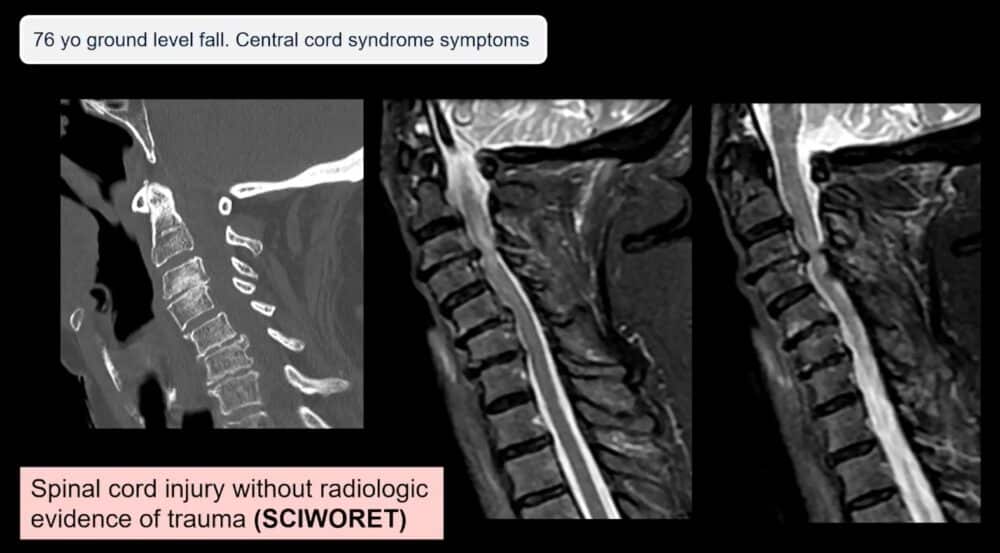


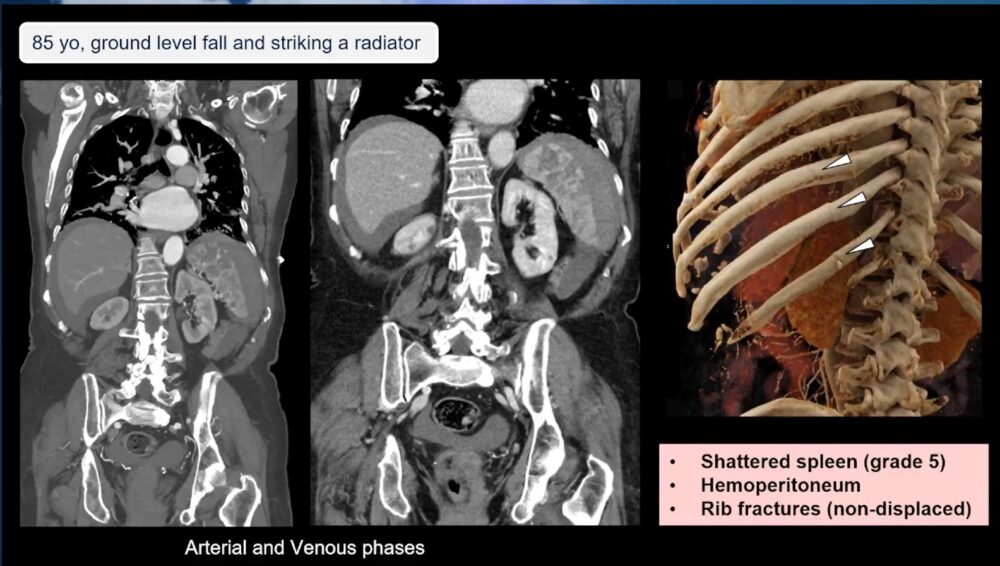
Detecting Complications Beyond Fractures
In addition to fractures and internal bleeding, imaging is also essential for diagnosing the complications of prolonged lying, which can be as dangerous as the fall itself. One of the most severe complications is rhabdomyolysis, where prolonged pressure on muscle tissue during extended periods on the floor leads to muscle breakdown and the release of toxic substances into the bloodstream. This condition can result in acute kidney failure, electrolyte imbalances, and cardiac arrhythmias if not diagnosed and treated quickly. CT imaging can help identify soft tissue damage and other early signs of rhabdomyolysis, allowing for timely intervention.
Moreover, falls in the elderly are often complicated by underlying medical conditions, such as strokes or infections, which may have caused the fall in the first place. In some cases, pneumonia or other respiratory conditions resulting from prolonged lying on cold floors can be identified through imaging. Dr. Blanco Barrio shared cases of aspiration pneumonia that were detected through CT scans, emphasizing how important it is to investigate these possibilities during imaging.
Head injuries also present a significant risk in elderly fall victims, particularly subdural hemorrhages, which are more common due to brain atrophy and anticoagulant use. Even minor head trauma should prompt a CT scan, as elderly patients often show fewer symptoms despite having serious injuries. Referencing the 2023 NICE guidelines, Dr. Blanco Barrio reminded medical professionals that all elderly patients who have experienced head trauma—even those who appear asymptomatic but are on anticoagulants—should undergo a head CT.
“They are at increased risk of hemorrhage in all intracranial compartments,” she noted.
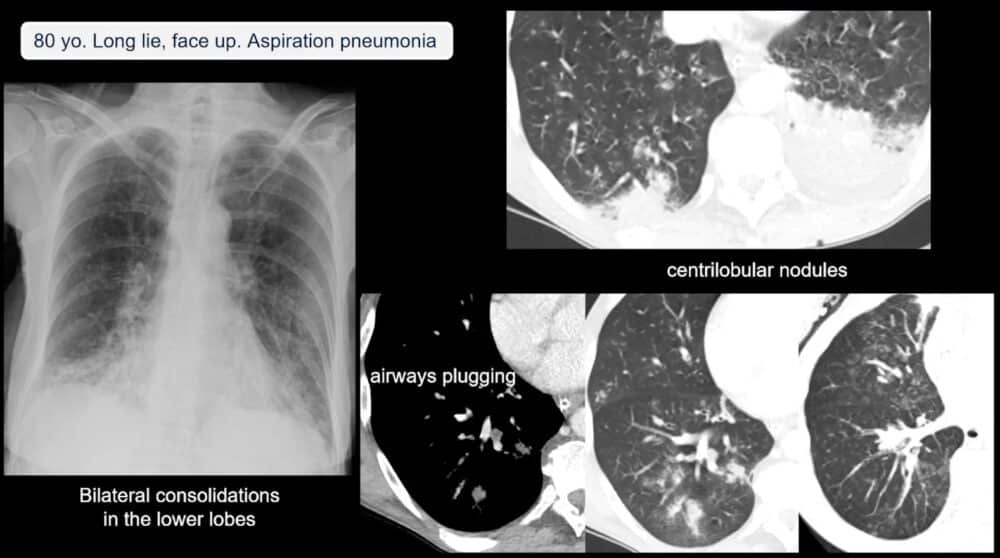

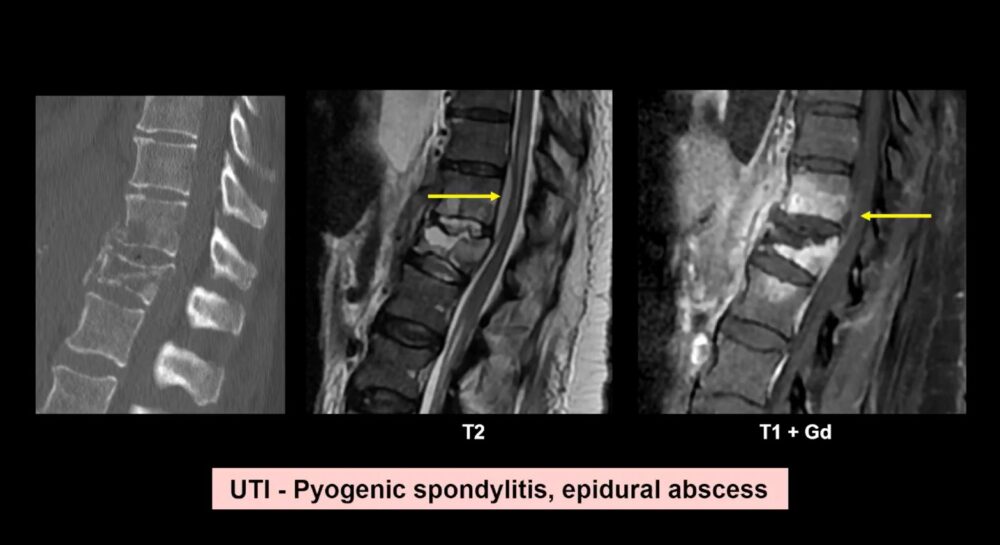
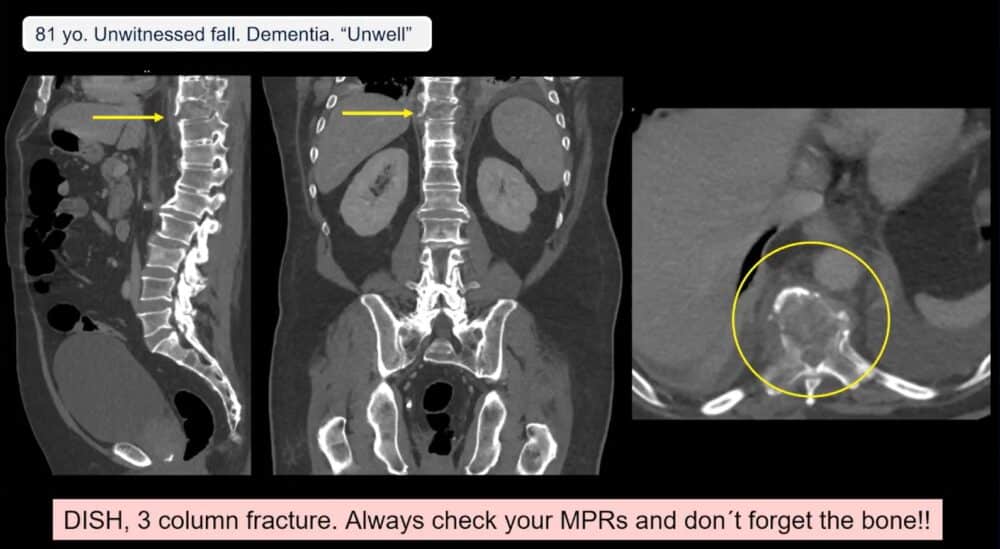
A Call to Prioritize Imaging for Elderly Fall Victims
Dr. Blanco Barrio’s presentation served as a powerful reminder that falls in the elderly should never be underestimated. From the risk of hidden fractures to the devastating consequences of prolonged lying, elderly patients face numerous dangers that can only be properly assessed through comprehensive imaging. By prioritizing CT scans and using contrast-enhanced imaging when necessary, medical professionals can detect life-threatening conditions early, significantly improving the chances of a positive outcome.
As populations age and the incidence of falls among the elderly continues to rise, Dr. Blanco Barrio’s research underscores the critical role of imaging protocols in saving lives.
“Use CT, always CT,” she stressed, urging radiologists and emergency room clinicians to remain vigilant and proactive when assessing elderly fall patients.
With the right imaging techniques, healthcare providers can significantly reduce mortality and improve the quality of care for older adults.
Read our buying guide to find the best CT or MRI system for your practice.
